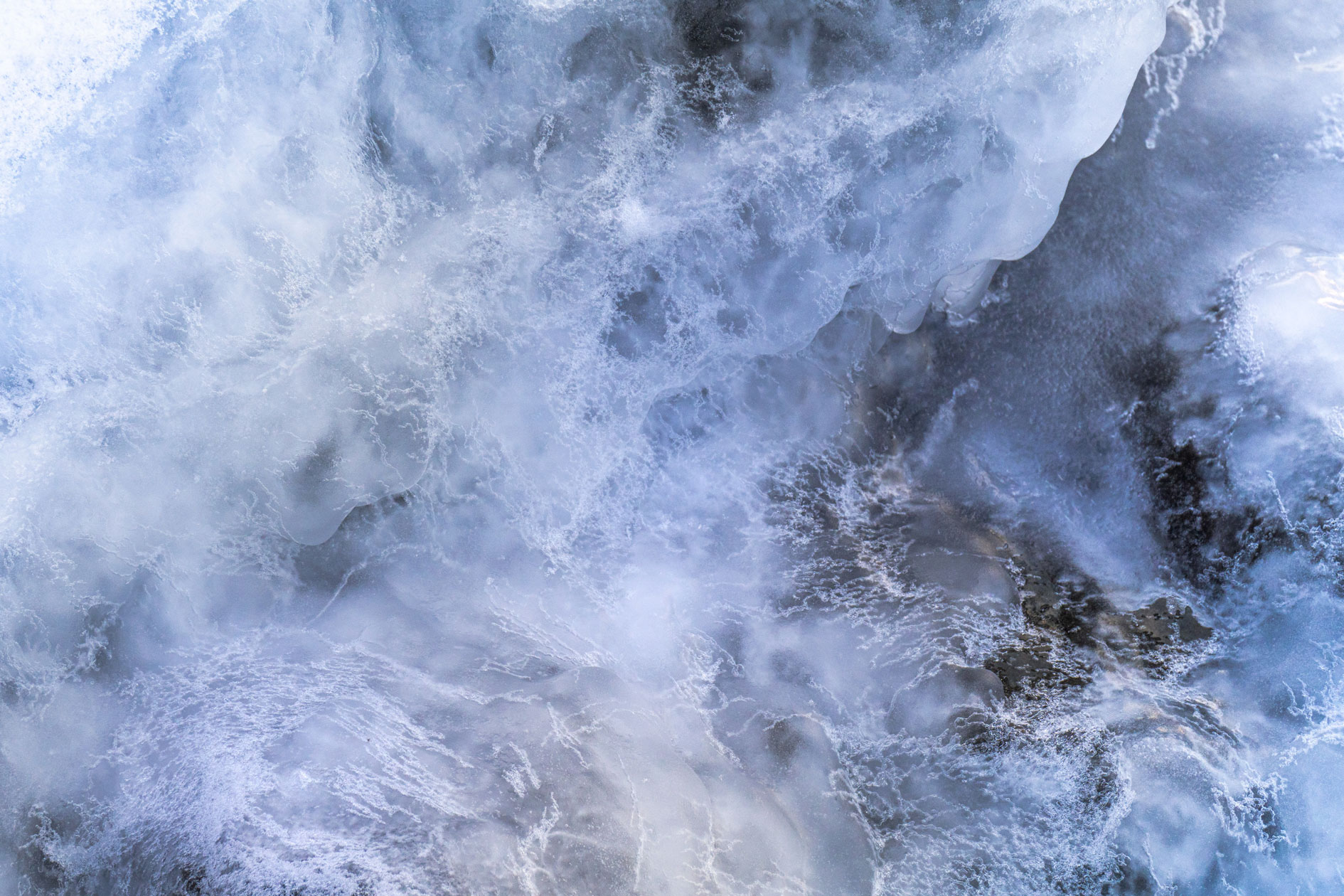
(an Introduction)
2021 marks 10 years since the Tohoku earthquake and tsunami and 12 years since the Black Saturday bushfires. In this decade Australia and Japan have experienced an increase in extreme environmental events which have impacted our communities and cultures and opened up questions about the contributing factors of our human activities. Art and design practices offer us opportunities to unpack and better understand the interconnections between these social and environmental ecologies. Art in this sense is not an illustrative instrument nor a replacement for ‘hard science’. Rather it offers us poetic and affective experiences through which new perception and knowledge can emerge; this includes convergence with political action, new ways of feeling and being in the world and ways of practicing and translating identity and culture. T.J. Demos’ understanding of art’s critical role to society, culture and politics elevates it from being merely considered as a consumable resource or a functional tool. Instead, art is acknowledged to be a part of the world, a part of our human perception and a part of a re-imagining of interrelations.
Mutable Ecologies is a transnational project that considers how innovations in art are interrogating the effects of changing conditions to offer new insights and awareness of ecological futures. Leading creative practitioners from Australia and Japan will present their work and research through exhibition, performances and public discussions. This project foregrounds embodied and material perceptions of transformation—including the complicit involvement of creative practices in these transformations through activities, technologies and presentations.
Mutable Ecologies connects practitioners, publics and organisations to build networks and knowledge and strengthen existing partnerships. The project reveals the strong cultural relationship between Australia and Japan, including their shared values and commitment to community engagement and resilience and ecological and sustainable futures.
While anniversaries are moments to look back, they are also opportunities to look out and across histories, the recent past and the present. Contemporary media cycles tend to myopically focus public and political attention on the present, quickly moving on from events and obscuring histories as they focus on particular and often privileged perspectives. Contemporary art is not immune from the same magnetic pull of the ‘new’ and the ‘now’, drawn out of Modernist legacies. The impacts of environmental and human actions are ongoing and even if they occurred a decade, half-century or centuries ago they are still being experienced today. These impacts are particularly palpable for the communities who are returning to or who have been displaced from their homes and lands.
Using an art exhibition that remains largely inaccessible to visitors inside the Fukushima exclusion zone, Don’t Follow the Wind highlights some of these impacts and complexities, including the contradictions and controversies over how this zone is perceived and what it now means to residents, ex-residents and visitors. Hikaru Fujii’s work also explores this zone, focusing on the role of museums and conservators in acknowledging this event through their rescue, rehabilitation, and preservation of Fukushima Prefecture’s cultural heritage. The conversation that unfolds around the rescuing of artefacts and the significance of cultural memory reveals some of the nuanced interrelationships that exist between object, community, trauma and heritage.
While Japan is often spoken of as the only country to have experienced nuclear bombing as an official act of war, the testing of nuclear weapons has had a profound impact on the ecologies (social, cultural, material and political) of many First Nations Peoples, including Australia’s Aboriginal and Torres Strait islander peoples. Yhonnie Scarce’s work offers material, aesthetic and political references to the nuclear testing conducted by the British in Woomera, South Australia during the 1950s. The work makes visible the effects of this testing on the lands of Scarce’s family. This includes not only physical repercussions but also social and political ones—the alienation from country which was experienced due to the exclusion zone and the colonialist values underpinning Australian society which continues to impact Aboriginal land and people.
In Clinton Naina’s work, climate change is understood through the lens of First Sovereign Nation people. The inclusion of Aboriginal and Torres Strait islander voices is critically needed in conversations and debates on climate and ecological futures; these communities have a cultural knowledge of country to contribute, as well as a lived experience of the transformation (and often devastation) of land, people and culture through settler, colonial and capitalist actions.
A consistent theme in Mutable Ecologies is artists working with unique ecological sites impacted by human activity. Yoichi Kamimura’s sonic and visual artworks emerge from his fieldwork on the drift ice (ryuhyo) in the Sea of Okhotsk. The ice freezes in Siberia before it drifts down to Hokkaido. Over the past few decades there are significant shifts in this pattern. Kamimura creates immersive and affective installations that reveal the intersection of materials, technologies and environment, drawing attention to our changing climate and the ambiguous relationships that exist between the human and non-human. Polly Stanton’s video work traces the unique terrains of Australia’s salt lakes in the Mallee, providing poetic reflections on the natural world and the industrialisation of it. Her work foregrounds situated and intimate experiences while at the same time offering macro-level observations of these unique landscapes. Approaching a different but similarly complex ecology, Yuko Mohri presents a vernacular ethnographic view of DIY repairs to groundwater leaks in Tokyo’s subway system. Engineered water management has been a characteristic of Tokyo (and Edo) for many centuries, and the ‘instant architecture’ of these repairs reveal idiosyncratic interconnections between humans, our histories and our urban ecologies.
Supporting the exhibition program is a suite of live events and discussions focusing on woodland habitats, cold-climate science and communication, new explorations into atmospheres and microclimates, and the repurposing of food into performable hybrid instruments.
The works in this project have not been made to fix a problem, nor to simplify a situation, or memorialise a history. The problems they unpick are multilayered, the situations everchanging and the histories are still living. The aim of this project, instead, is to recognise and acknowledge the complexities—the relational nature, the felt experience and the often-traumatic humanness—of our everchanging interconnected world.
(07)Artists
- Don’t Follow the Wind (b. 2015) Fukushima, JPN
- Hikaru Fujii (b. 1976) Tokyo, JPN
- Yoichi Kamimura (b. 1982) Chiba, JPN
- Yuko Mohri (b. 1980) Tokyo, JPN
- Clinton Naina (b. 1971) Naarm, AUS
- Yhonnie Scarce (b. 1973) Naarm, AUS
- Polly Stanton (b. 1976) Vaughan, AUS
Don’t Follow the Wind (2015– ) is a collective of artists and curators—Chim↑Pom [initiators], Kenji Kubota, Eva and Franco Mattes, Jason Waite—who confront the long-term crisis in Fukushima, Japan. Don’t Follow the Wind collaborates with displaced local residents, a committee of cultural workers, and the artists Ai Weiwei, Chim↑Pom, Grand Guignol Mirai, Nikolaus Hirsch and Jorge Otero-Pailos, Meiro Koizumi, Eva and Franco Mattes, Aiko Miyanaga, Ahmet Öğüt, Trevor Paglen, Taryn Simon, Nobuaki Takekawa and Kota Takeuchi. Collectively they have made and maintain, Don’t Follow the Wind as an inaccessible exhibition inside of the restricted Fukushima exclusion zone, a forcibly evacuated radioactive area established in the wake of the 2011 disaster of meltdowns at the adjacent Fukushima Daiichi Nuclear Power Station that contaminated the environment, forcibly separating residents from their homes, land, and community. Along with the inaccessible project inside the Fukushima exclusion zone the collective has developed a number of Non-Visitor Centers that have taken place at the Watari Museum of Contemporary Art in Tokyo, 20th Biennale of Sydney, Yokohama Triennale 2017, Arts Catalyst in London, CCCB in Barcelona and Extra City in Antwerp.
Hikaru Fujii’s interest lies in the relationship between art and social activism. Through films and installations, he undertakes extensive research and fieldwork to investigate existing systems and structures, and to probe into hegemonic power embedded in social relations and discourses. Rather than presenting his research matter-of-fact, his work attempts to reinterpret events from contemporary issues and perspectives, exploring the potentiality for political resistance.
Yoichi Kamimura explores ways of perceiving landscapes both visually and aurally, and investigates ambiguous relationships between humanity and nature. Working primarily with field recordings, he produces installations, sound performances, music and works in other media which are presented both in Japan and overseas. Recent exhibitions, projects and residency programs include “The Phonurgia Nova Awards 2021”(Centre Wallonie Bruxelles de Paris, Paris, France, 2021), “From Seeing to Acting”(Looiersgracht 60, Amsterdam, Netherlands, 2021), “HIAP – Helsinki International Artist Programme”(HIAP, Helsinki, Finland, 2021), “Land and Beyond”(POLA MUSEUM ANNEX, Tokyo, Japan, 2021), “Floating Between the Tropical and Glacial Zones” (Tokyo Arts and Space, Tokyo, Japan, 2021), “Michikusa: Walks with the Unknown” (Contemporary Art Center, Art Tower Mito, Ibaraki, Japan, 2020), among others.
Yuko Mohri works on installations that detect invisible and intangible energies such as gravity, magnetism and wind. Her major solo exhibitions include: “SP.,” (Ginza Sony Park, Tokyo, Japan, 2020); “Voluta” (Camden Arts Centre, London, UK, 2018); “Assume That There Is Friction and Resistance”, (Towada Arts Center, Aomori, Japan, 2018). She has also participated in numerous group exhibitions such as: “Glasgow International 2021”, (Glasgow, UK, 2021); “The 9th Asia Pacific Triennial of Contemporary Art”, (Brisbane, Australia, 2018); “14th Biennale de Lyon”, (Lyon, France, 2017); “Yokohama Tirennale”, (Kanagawa, Japan, 2014). She is also the recipient of the Asian Cultural Council for a 6-month residency in New York (2015); the Grand Prix, Nissan Art Award (2015); The 67th Minister of Education, Culture, Sports, Science and Technology’s Art Encouragement Prize for New Artists (2017). In 2018, Mohri, as East Asian Cultural Exchange Envoy, visited 4 cities in China.
I was born in Melbourne, Victoria on 18th December, 1971. My mother, Eleanor Harding, who passed away in 1996, was from the Torres Strait Islands. She descends from the Meriam Mer people of the Eastern Torres Strait, also the Ku-Ku people of Cape York and was a political activist and tireless community service worker. My father’s lineage is from Denmark and Ireland.
I’ve spent most of my life in Melbourne living and working as an visual artist. Several of my family members are also prominent artists.
As a one-month old, I was taken by my mother to my first Aboriginal land rights protest to the first Aboriginal tent embassy in Canberra on Australia Day in 1972. This experience started my journey and allowed me to explore my political awareness regarding my peoples ongoing struggle for survival and recognition.
I graduated from Northern Metropolitan College of TAFE in 1991 with a Advanced Certificate of the Arts. In 1992-1994, I graduated from The Victorian College of The Arts/University of Melbourne with a Bachelor of Fine Arts. Graduating as the first Indigenous graduate in the school of Fine Arts/Painting. In 2001-2003 I graduated from the University of New South Wales, Sydney with a Masters of Fine Arts (Research).
I have also exhibited and performed nationally and internationally.
As an abstract painter, I use domestic materials as my mediums, such as heritage coloured house paint, bitumen paint and domestic household bleach (White King). I also use references from the dominant culture and its images that symbolise language, religion, land, country, targeted, crown and colonisation of the dispossessed.
Yhonnie Scarce was born in Woomera, South Australia, and belongs to the Kokatha and Nukunu peoples. Scarce’s interdisciplinary practice explores the political nature and aesthetic qualities of glass and photography. Scarce’s work often references the on-going effects of colonisation on Aboriginal people; in particular her research has explored the impact of the removal and relocation of Aboriginal people from their homelands and the forcible removal of Aboriginal children from their families. Family history is central to Scarce’s work, drawing on the strength of her ancestors, she offers herself as a conduit, sharing their significant stories from the past.
Scarce has been recognised with a major survey show at ACCA and IMA in 2021, with works spanning the past fifteen years of her career. She was the winner of the prestigious Yalingwa Fellowship, 2020 and selected with Edition Office for the National Gallery of Victoria’s Architecture Commission, 2019, which was awarded the Small Building of the Year award at the Dezeen Awards and the Award for Small Project Architecture, 2020 at the National Architecture Awards. In 2018 Scarce was the recipient of the Kate Challis RAKA award, for her contribution to the visual arts in Australia, as well as the Indigenous Ceramic Award from the Shepperton Art Museum.
Polly Stanton is an artist and filmmaker. Her films and installations focus on contested sites and extractive zones, presenting landscape as a politically charged field of negotiation, entangled with history, technology and capital. Her mode of working is expansive and site based, with her practice intersecting across a range of disciplines from film production, sound design, fieldwork, performance and publication. Polly has exhibited widely in both Australia and overseas and has been the recipient of numerous grants and Artist-in-Residence programs. She is a lecturer and researcher in RMIT’s School of Media and Communication.
(03)Curators
- Kristen Sharp (b. 1974) Melbourne, AUS
- Philip Samartzis (b. 1963) Melbourne, AUS
- Andrew Tetzlaff (b. 1978) Melbourne, AUS
Dr Kristen Sharp is an academic, writer and curator. She is the Associate Dean, Art in the School of Art, RMIT University. Kristen’s research focuses on contemporary art and urban space, contemporary Asian art, sound art and collaborative art practices in transnational projects. She is the co-author of Screen Ecologies: Art, Media and the Environment in the Asia-Pacific Region (with L. Hjorth, S. Pink and L. Williams, MIT Press, 2016) and co-leader of the Migration + Mobilities research area for the CAST (Contemporary Art and Social Transformation) research group at RMIT University. Kristen has co-convened a number of innovative and inter-disciplinary research symposiums reframing the relationship between contemporary arts practice, global urban space and environmental themes drawing together Australian and international researchers and creative practitioners.
Philip Samartzis’s research focuses on the social and environmental conditions informing remote wilderness regions and their communities. His practice is based on deep fieldwork where he deploys complex sound recording technology to capture natural, anthropogenic and geophysical forces. The recordings are used within various exhibition, broadcast and publication outcomes to demonstrate the transformative effects of sound within a fine art context. Samartzis is particularly interested in concepts of perception, immersion and embodiment in order to provide audiences with sophisticated encounters of space and place. He is the recipient of three Australian Antarctic Territory Fellowships (2009, 2015, 2020), which he is using to complete the most comprehensive sound study ever produced of Antarctica. Artworks produced from his Antarctic Fellowships have been presented to national and international audiences in their hundreds of thousands. Samartzis currently appears on a $2.20 stamp issued by Australia Post commemorating the Australian Antarctic Territory Arts Fellowship.
Andrew Tetzlaff is an artist and curator whose practices focus on the felt experience and complex interrelation of natural phenomena. Reoccurring across his research are interests in perception, incompleteness and nuance as well as themes of sustainability and ecology. Tetzlaff is a Senior Curator at RMIT Culture, a PhD Candidate at RMIT University, and the Vice-President of the Public Galleries Association of Victoria (PGAV). Recently, he has presented works in the Notes from the Field exhibition (MAMA, Albury 2021), produced exhibitions and studio art residencies for RMIT INTERSECT and RMIT Gallery, and convened panel sessions at the Microresidency Network forum (Joshibi University, Tokyo 2020) and the Collective-Kolektif symposium (Bus Projects, Melbourne 2020).
(00)Events
(00)Coming Soon
(07)Past Events
Suzueri ‘Afternoon Tea with Suzueri’
Clinton Naina
‘on ‘Stolen Climate’’
(Nov 10. 2021)
Sarah Teasley with Rodney Keenan
and Kikuko Shoyama
‘Asialink Forum 1: Presentation 2’
(Oct 25. 2021)
Takashi Kuribayashi
in conversation with Bob Brown
‘Asialink Forum 1: Presentation 1’
(Oct 20. 2021)
‘Asialink Forum 2:
Inhabiting Extremes’
(Nov 24. 2021)
Polly Stanton with Kohei Fujito
and Ruth Langford
‘Asialink Forum 1: Presentation 3’
(Nov 03. 2021)
Philip Brophy
‘The Miracle
Pine Tree, Rikuzentakata, Japan’
(Sep 16. 2021)
(07)Artworks

Don’t Follow the Wind

Les nucléaires et les choses
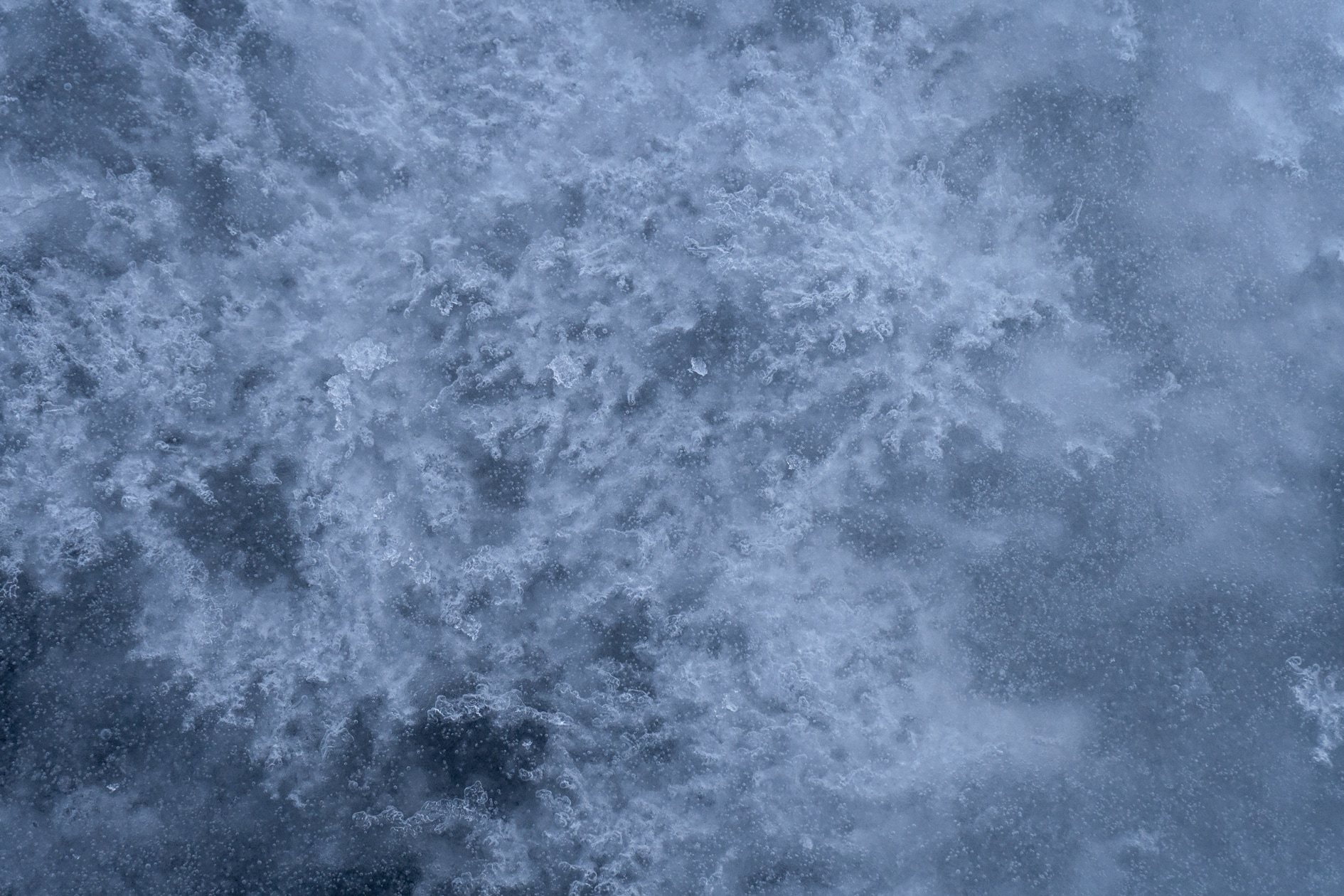
Internal Weather, Breathe You, and Hyperthermia
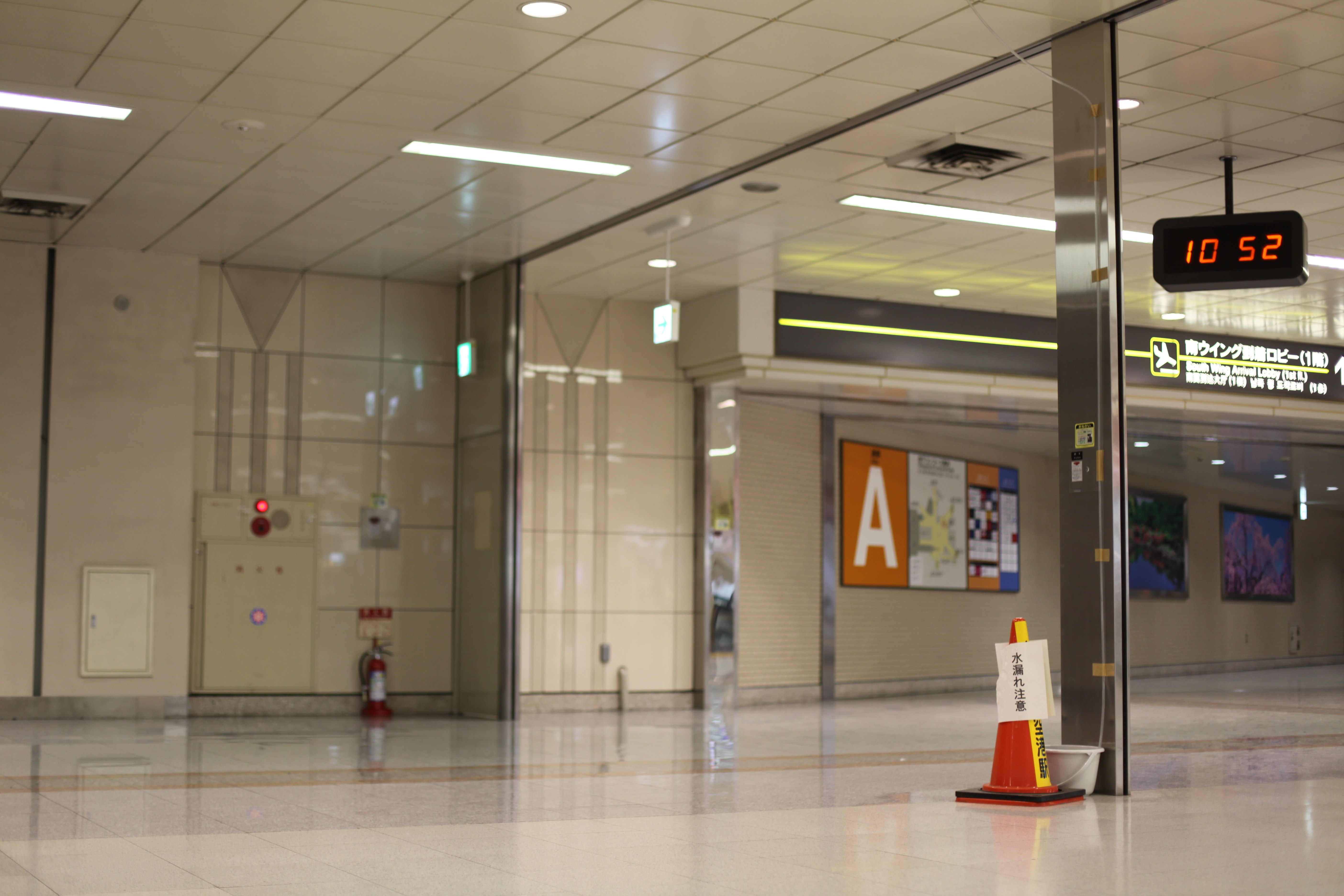
Moré Moré Tokyo (Leaky Tokyo)
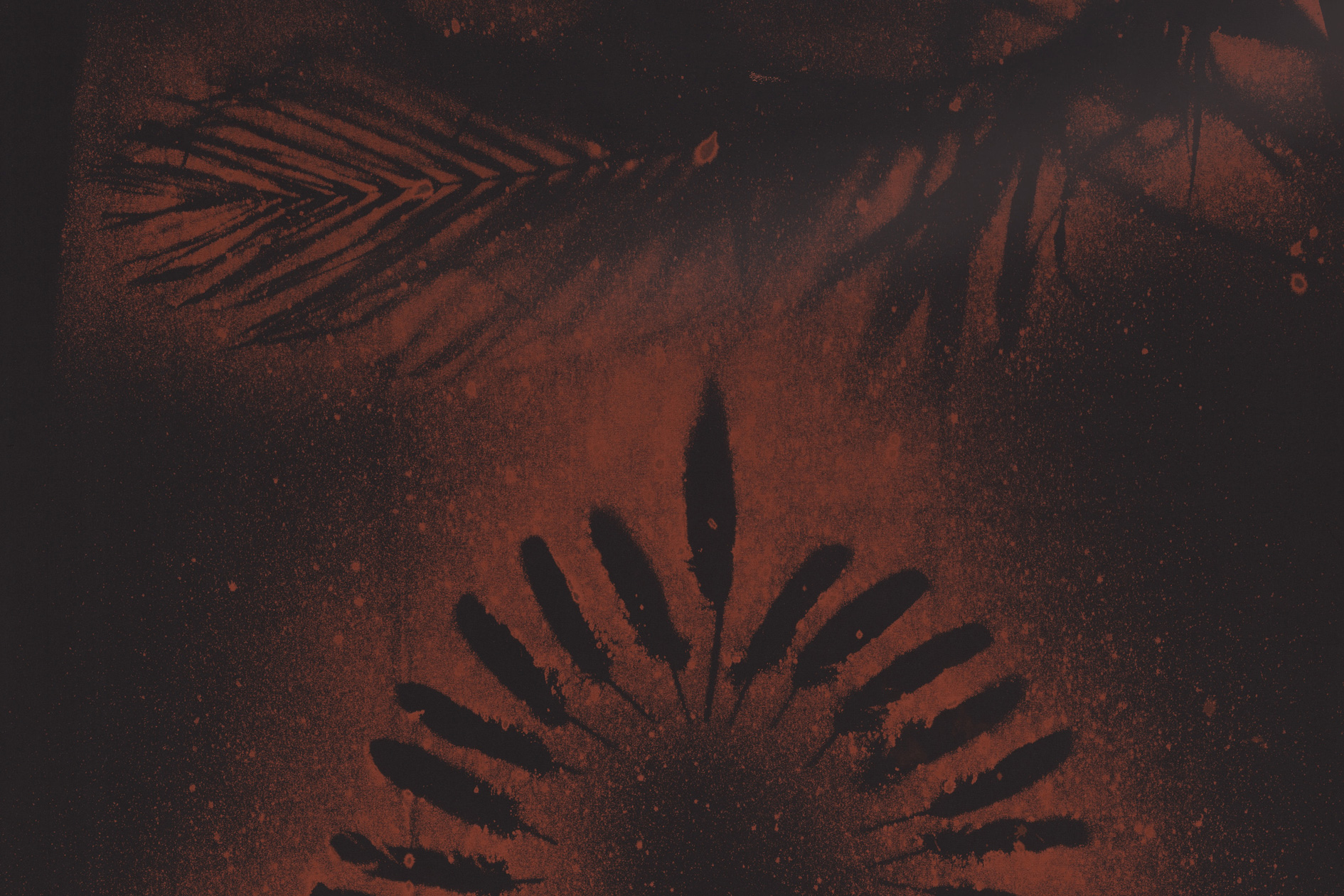
Stolen Climate
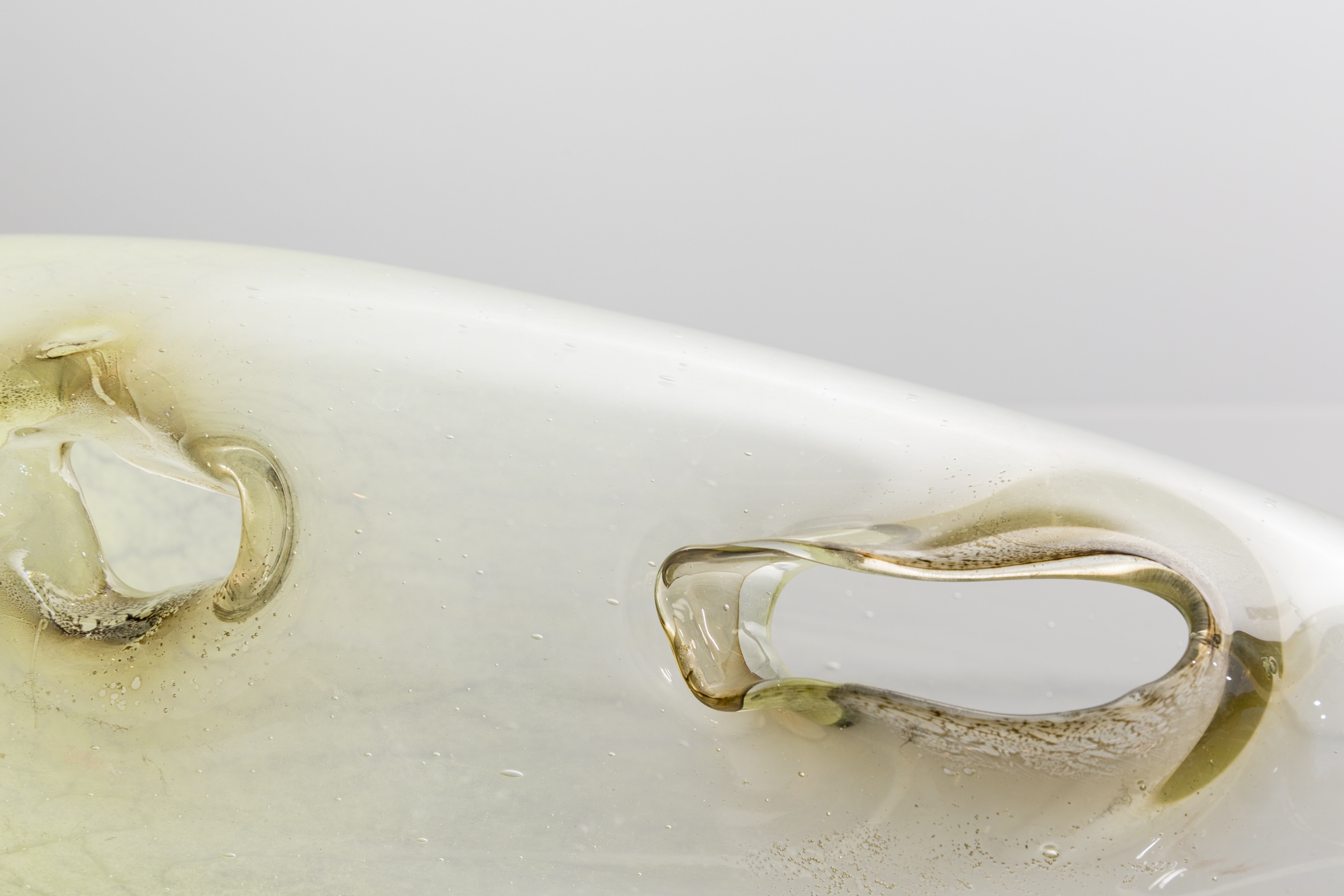
Hollowing Earth / Nucleus
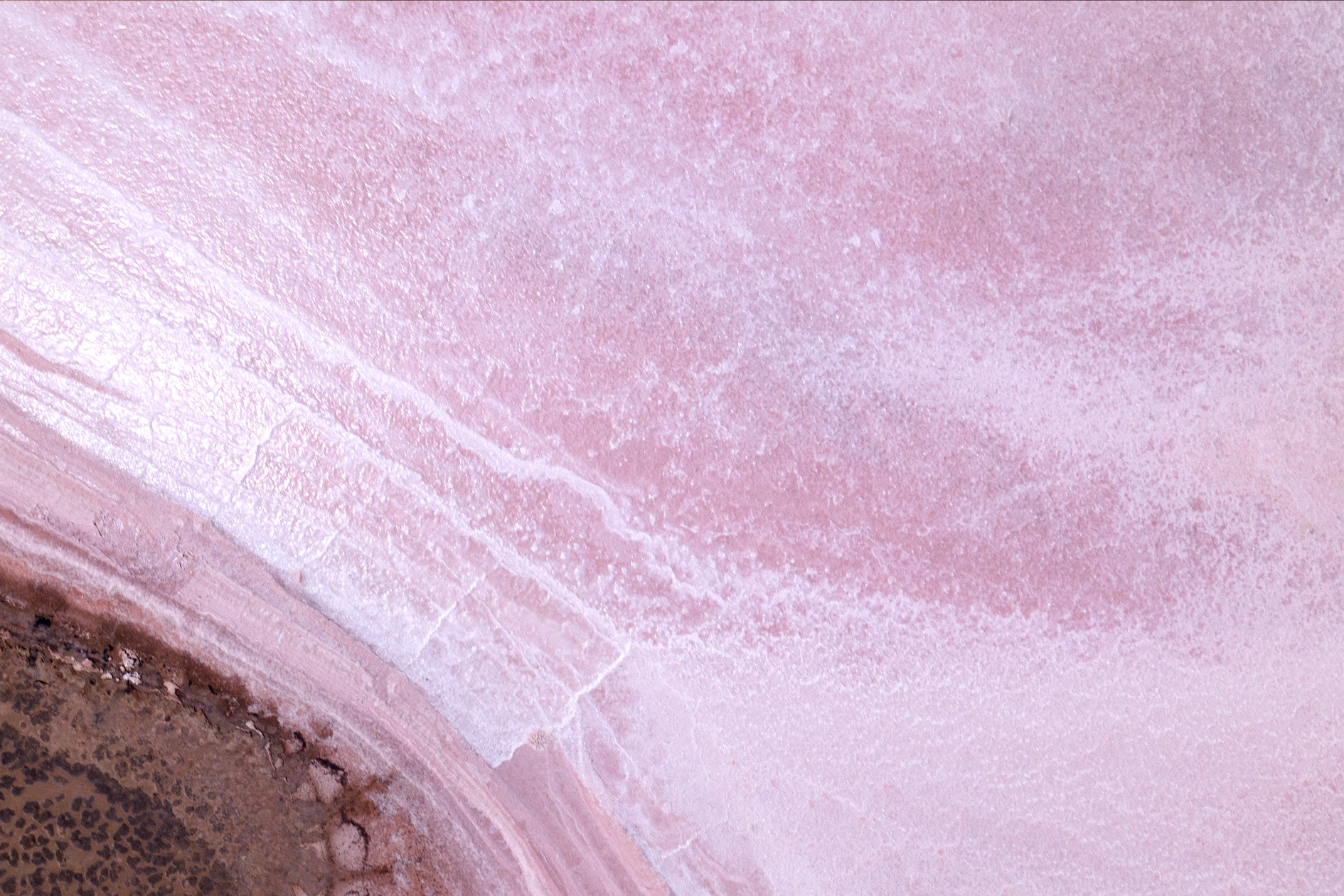
The Spectral Field